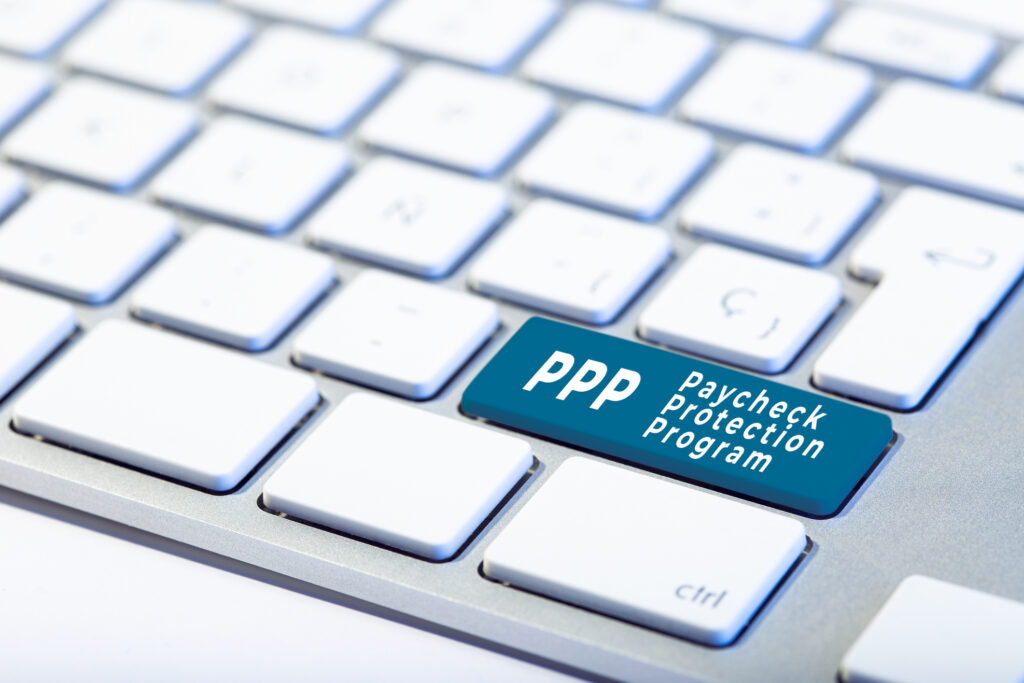Paycheck Protection Program Flexibility Act

We just wanted to update you on the the PPPFA, which makes some welcome changes to the PPP Forgiveness criteria. For small businesses and restaurants that have been unable to hire enough employees back to expend their PPP funds before the fast approaching 8 week period, then this will help you drastically.
The PPPFA makes the following changes to the PPP:
Extends Forgiveness Period
Extends the previous 8 week forgiveness period to 24 weeks, or December 31, whichever comes first.
This now allows you to spend more time ramping up your business to previous levels without losing the forgiveness aspect of the PPP loan.
With regards to owners salary, the same rules apply: No employee or owner payroll over $100,000 will be forgiven, and owners cannot pay themselves more than they did on 2019 – prorated over 24 weeks.
Reduces the Portion required to be Spent on Payroll
Reduces required amount that needs to be spent on payroll and payroll related expenses from 75% to 60% of the loan proceeds.
For businesses that may not be able to bring back their business to full employment, but still have their statis overhead expenses, this will give you more flexibility
Extends Period for Measuring FTEs and Salary/Wages
Extends the period in which borrowers must restore their FTE headcount and salary levels to pre-pandemic levels. Previously the deadline restore FTE and salary levels to February 15, 2020 levels was June 30. That has been extended to December 31, 2020.
Adds Exceptions Based on Employee Availability
Eliminates the proportional reduction in forgiveness if an eligible recipient of the loan, in good faith, is able to document the inability to rehire individuals that were employees on February 15th, the inability to hire similarly qualified employees before December 31, 2020, or the inability to return to the previous level of business activity prior to February 15, 2020, based on guidance issued by the Secretary of Health, CDC or OSHA.
These details are vague at the moment and leave room for interpretation. Further guidance is expected from the SBA.
Extends Maturity Date and Deferment Period
Under the previous Interim Rules, borrowers were not required to make principal and interest payments on their PPP loans for at least six months.
Under the new Act, this deferment period has been extended until the date on which the amount of forgiveness can be determined. Note that if a borrower does not apply for loan forgiveness within 10 months after the covered period ends, deferment will end and the borrower will be required to begin making principal and interest payments at that time.
Its always best to be prepared to apply for forgiveness directly after the new extended 24 week period.
Adds Employer Payroll Tax Deferrals up to Two Years
The legislation also allows PPP borrowers to take advantage of the existing payroll tax deferrals permitted under the CARES Act for businesses not participating in PPP. Since the beginning of PPP, one of the more questionable carve outs from payroll costs has been the employer’s portion of payroll taxes. This legislation addresses that issue and allows borrowers to defer 50% of the employer’s share of payroll taxes until 2021 and the remaining 50% until 2022..”
